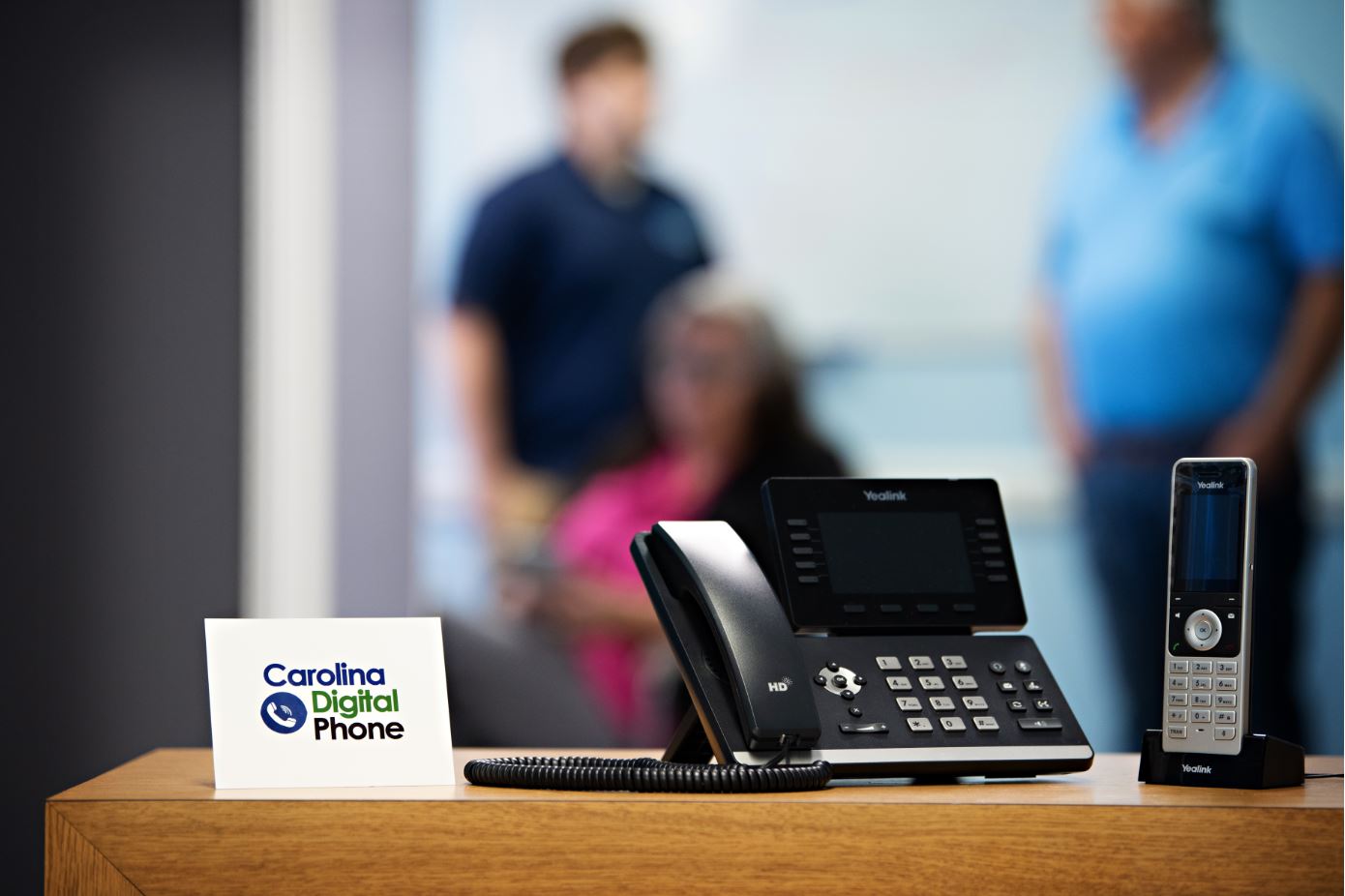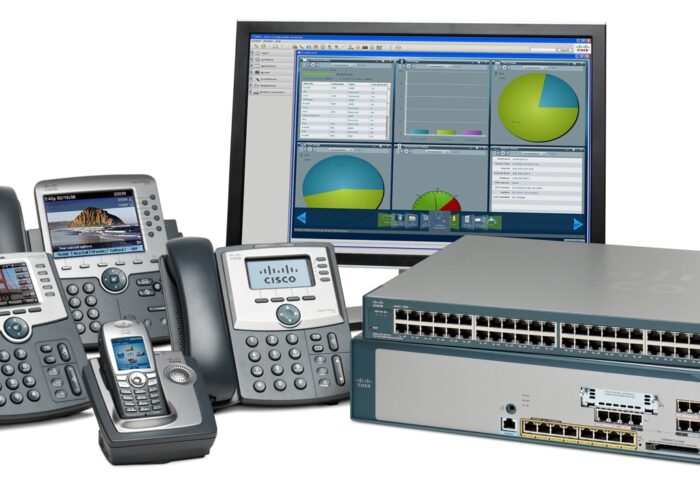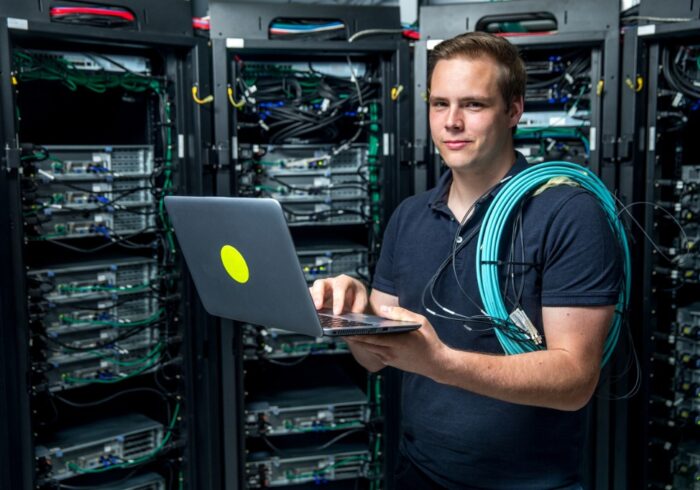Before the pandemic, there were generally two types of workers. There were those who worked in the corporate office, and there were those who worked in their home office. Now though, there is a third type of worker that HR experts say will dominate the workforce landscape for the foreseeable future: the hybrid worker. This individual spends time in both environments (e.g. Monday and Wednesday in the corporate office; Tuesday, Thursday, and Friday in their home office). The term for this configuration is “hybrid workplace,” and the engine that makes it function for hybrid workers and their employers alike is unified communications.
What is Unified Communications?
Unified communications (or UC) refers to products that integrate and deliver multiple enterprise communication channels, to enhance collaboration, customer service, efficiency, productivity, performance, compliance and results. The most affordable and easiest way for organizations of all sizes — including small businesses with limited budgets — to reap these unified communications advantages is by adopting a VoIP phone system.
VoIP+Unified Communications
Here are some of the key unified communications features that make a VoIP (or cloud-based) phone system from Carolina Digital Phone perfect for the hybrid workplace:
Presence
Presence allows all workers — regardless of where they are located — to instantly see the real-time status of their colleagues. A green dot indicates that a colleague is available. A red dot indicates that a colleague is temporarily unavailable. And a grey dot indicates that a colleague is away.
In addition to making internal communication and collaboration much more efficient and productive, presence also dramatically improves customer experience. For example, workers can instantly confirm that a colleague is available before transferring a customer call.
SMS and MMS
On the hybrid workplace landscape, there are situations when it is much more efficient to connect with colleagues through SMS (short message service) or MMS (multimedia messaging service) than it is to use email or phone. Our VoIP phone system supports both of these options.
At the same time, it also supports compliance by assuring that all workers — whether they are in the office, at home, or traveling — use the same approved SMS and MMS tools (which as noted are built into our VoIP solution). Otherwise, workers will typically use a variety of tools (e.g. Facebook Messenger, Skype, Slack, Teams, etc.), and as such keeping a record of all communications can be difficult, if not impossible.
Videoconferencing
Videoconferencing is another VoIP unified communications tool that is ideal for the hybrid workplace. Multiple options are available to suit needs and budgets, such as video conference room systems that feature an 18x optical zoom HD camera, 360-degree omnidirectional pickup microphone array, and touchscreen interface connected to a projector or compatible TV. Organizations can also record conferences for compliance and reference purposes. In addition, field sales reps, technicians, and other “road warriors” can join video conferences through their smartphones.
e-Faxing
e-Faxing is not just an alternative to conventional faxing: in many ways it is superior. For example, e-Faxing enables workers to send/receive faxes from anywhere, and at any time. e-Faxing is also more secure than scanning/attaching a document to an email, and there is no need to purchase and maintain a fax machine or a separate line. Plus, workers can access detailed reports through a secure web-based portal to confirm when faxes were sent/received.
Integrated Voicemail
Integrated voicemail automatically converts voicemails into audio files, and then forwards them to one (or multiple) email accounts. As such, workers can pick up voicemails wherever they are: at home, in the corporate office, or anywhere else. They can also store voicemails for reference and compliance purposes, as well as forward voicemails to colleagues as required. For example, a sales rep who receives a voicemail from a customer about a complex technical question can forward the email to their colleague in technical support vs. struggling to try and explain it themselves.
Call Center Analytics
Call center analytics provide organizations with real-time granular insights into their call center’s daily operations. This actionable intelligence can be used to improve customer satisfaction, as well as employee performance, engagement, and retention. This latter advantage is especially valuable. As noted by McKinsey:
“The nature of customer care is changing. Customers are becoming increasingly comfortable with online self-service tools. The remaining live calls to contact centers are often more complicated to resolve, so providing consistent high-quality customer service depends on experienced, knowledgeable agents with proper training and support. Failure to retain these talented employees can have significant repercussions: employee attrition can erode customer satisfaction while increasing operating costs. Each new agent hire is estimated to cost the contact center $10,000 to $20,000 in training, direct recruiting costs, and lost productivity during ramp-up.”
The Bottom Line
As we emerge from the pandemic, the hybrid workplace is shifting from the sidelines to the mainstream. Organizations need unified communications to ensure that they remain competitive, efficient, productive, and profitable. Our VoIP phone system is perfect for the hybrid workplace and can make a massive difference between thriving vs. struggling.
Learn more about the advanced unified communications features of our all-in-one VoIP phone system by calling Carolina Digital Phone today at (336) 544-4000, or click the chat icon at the bottom of your screen. We will help you reap the full potential and advantages of your hybrid workplace!




